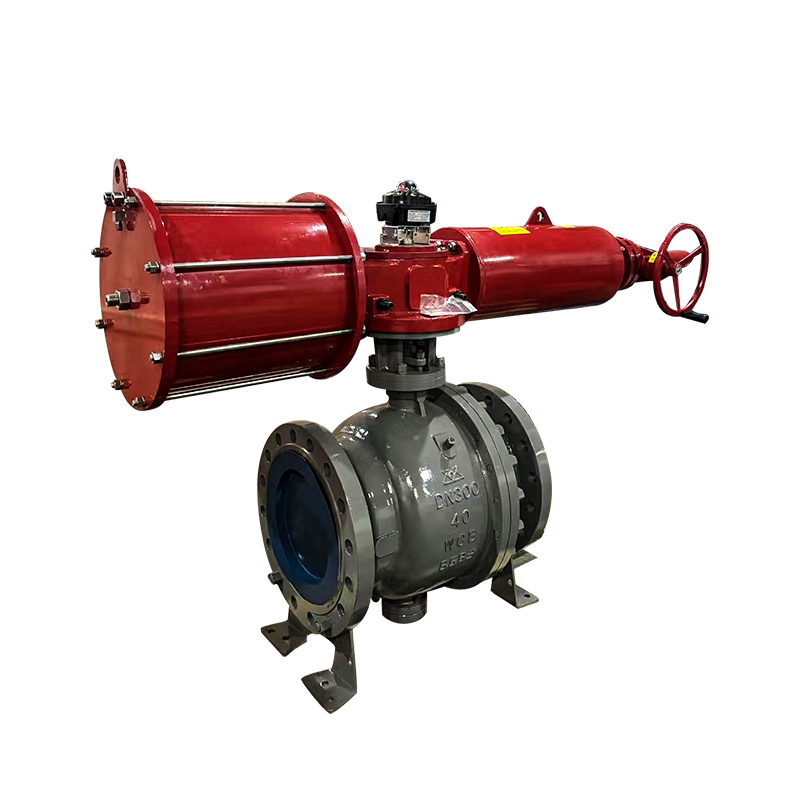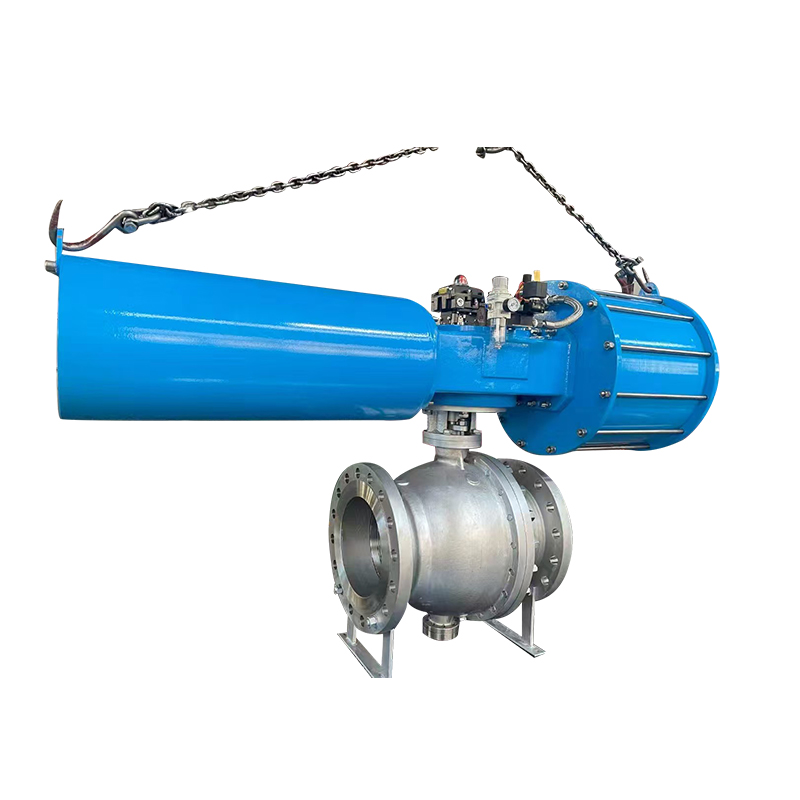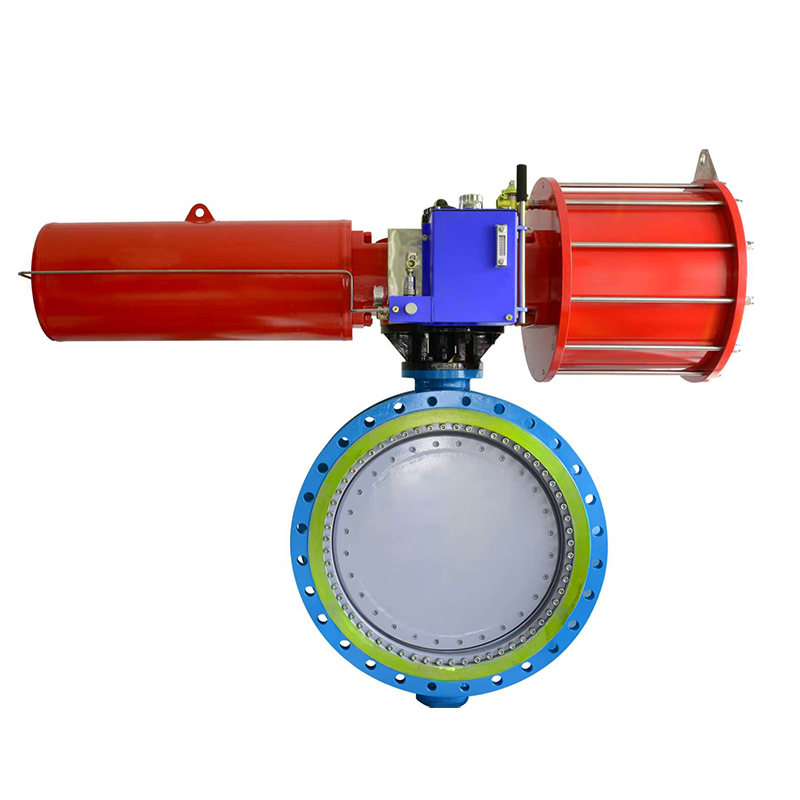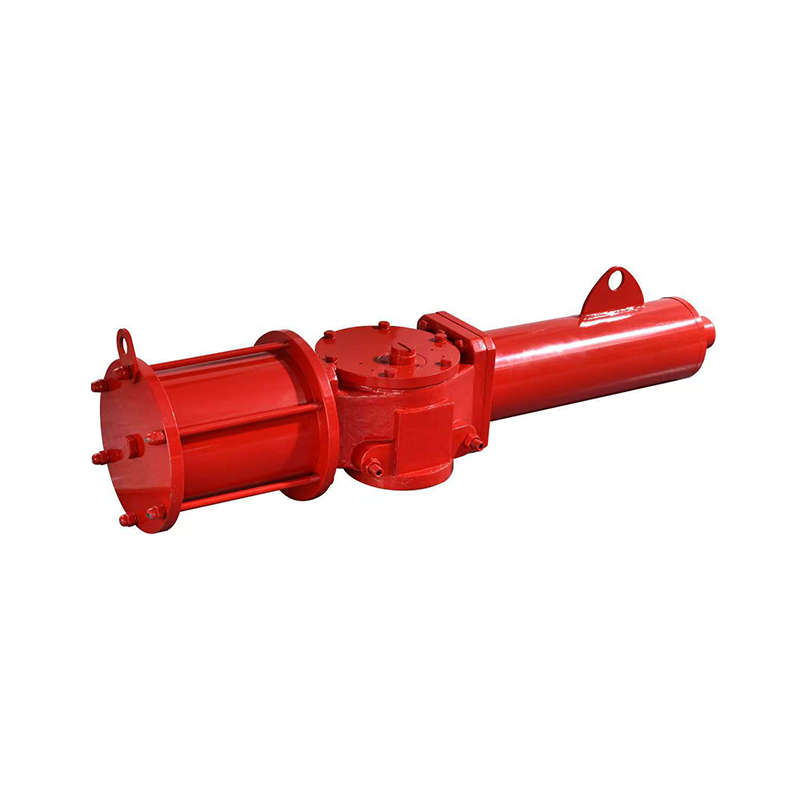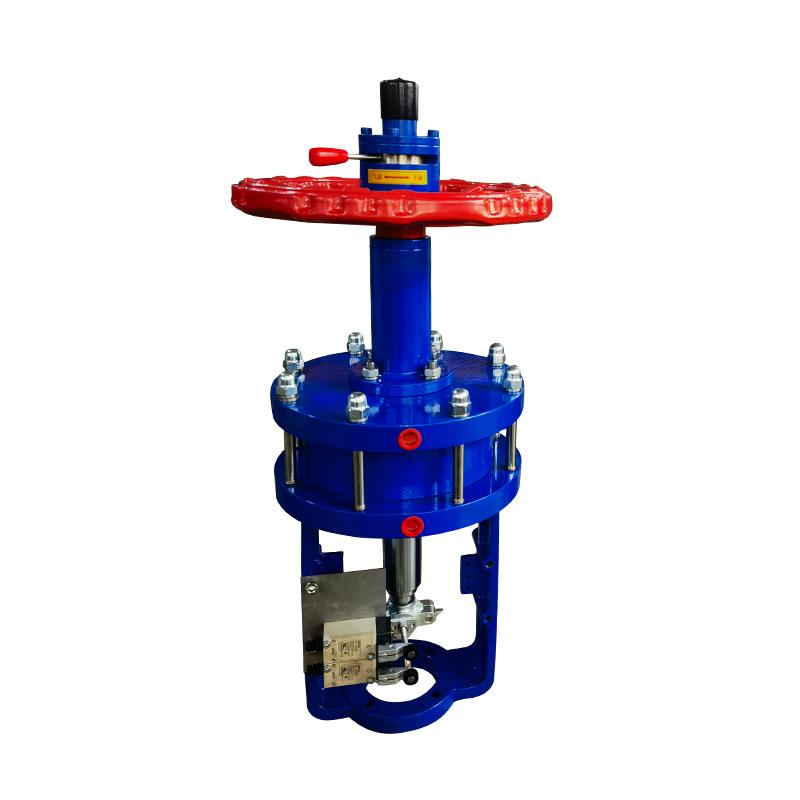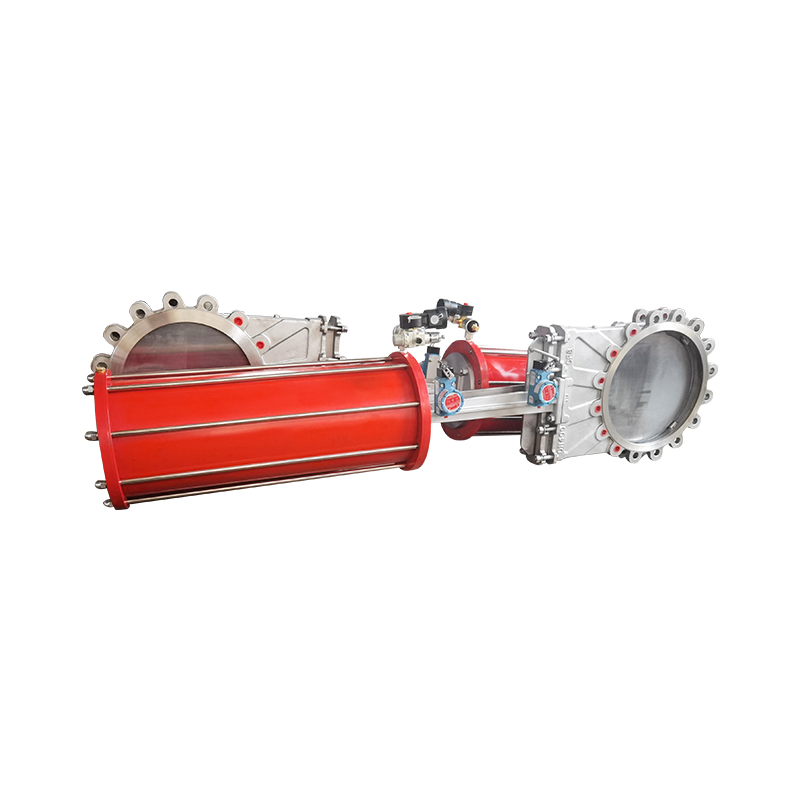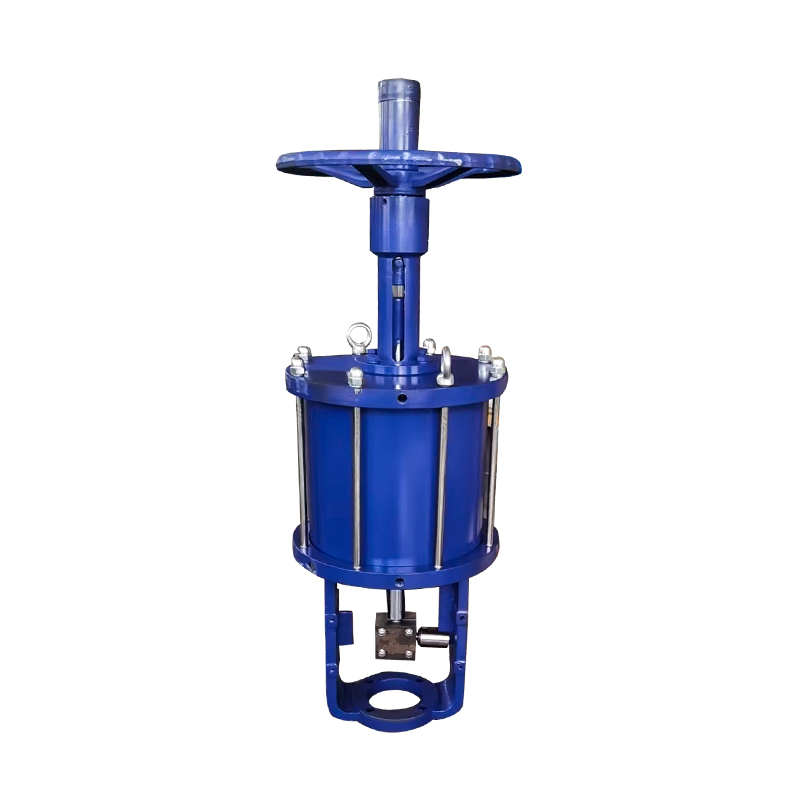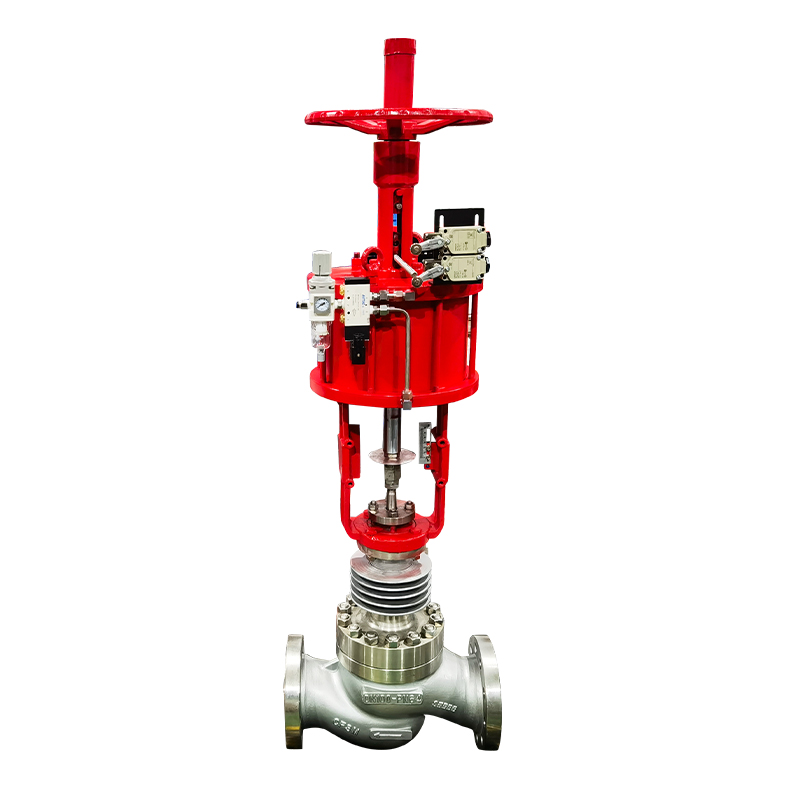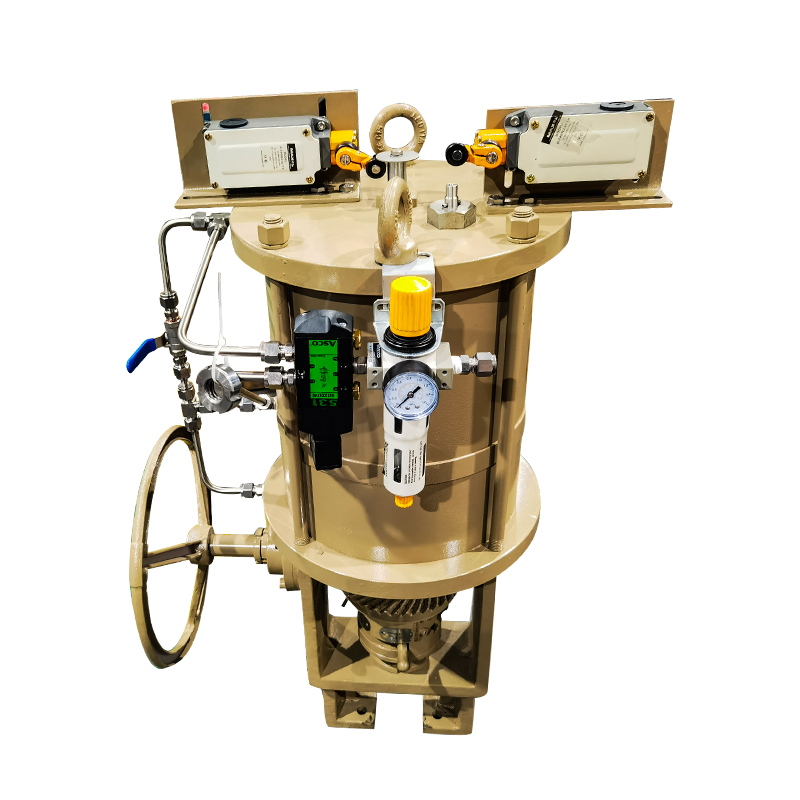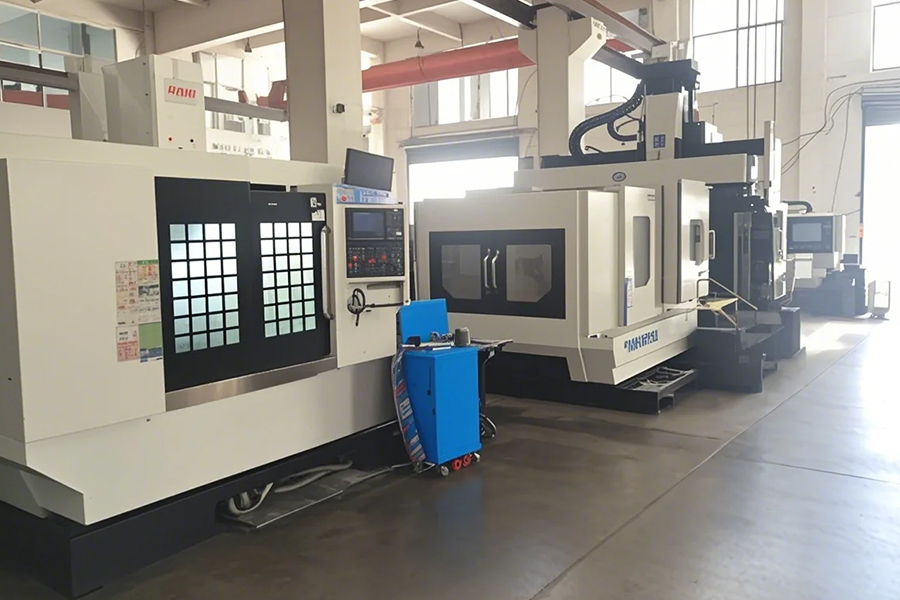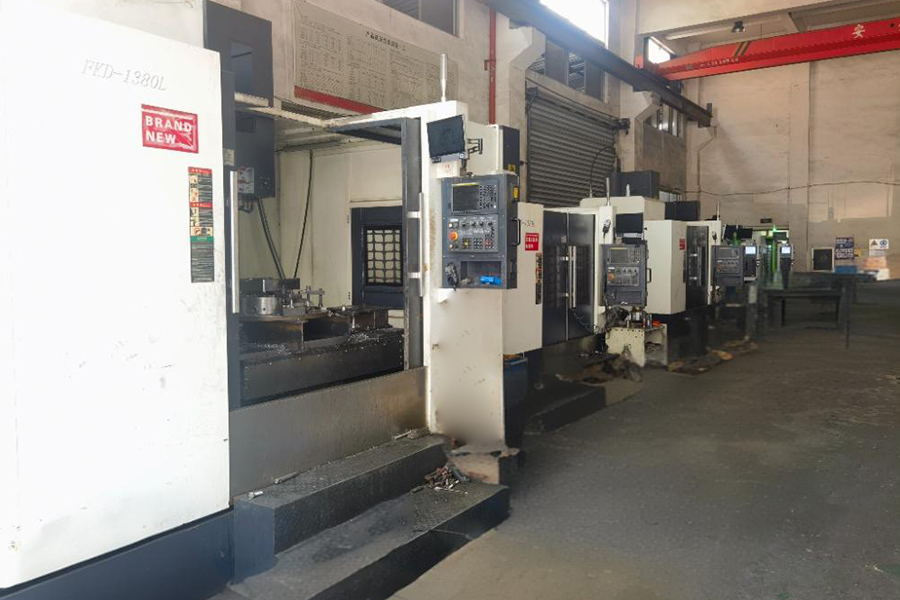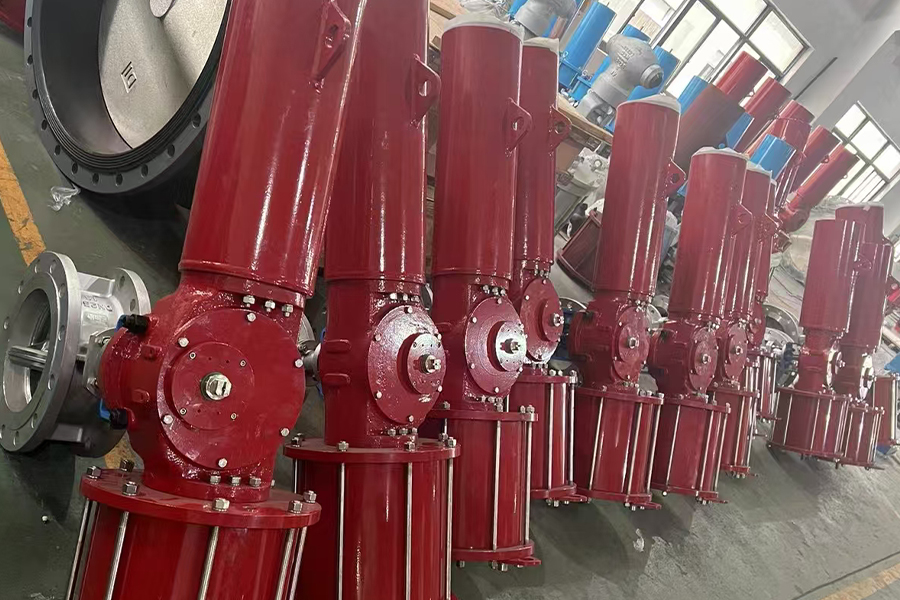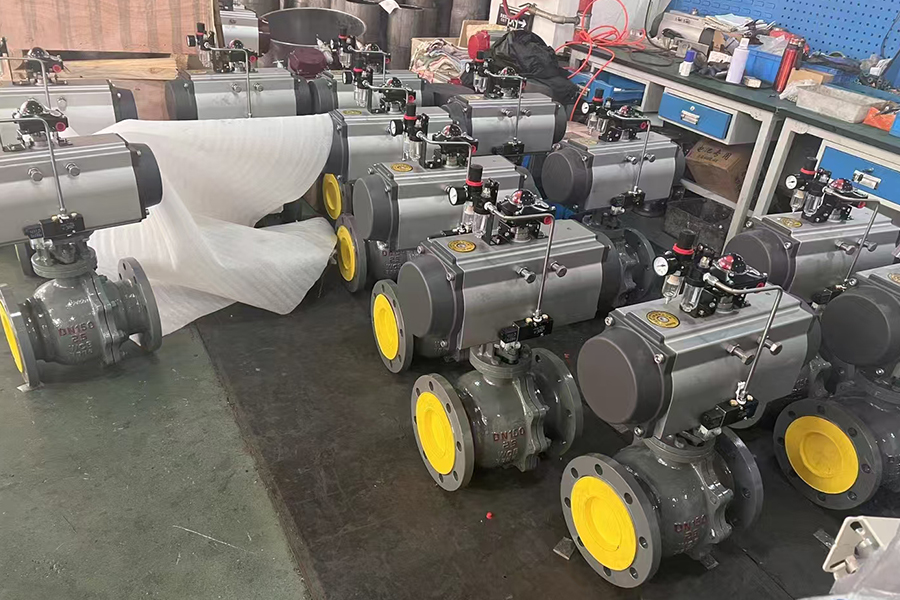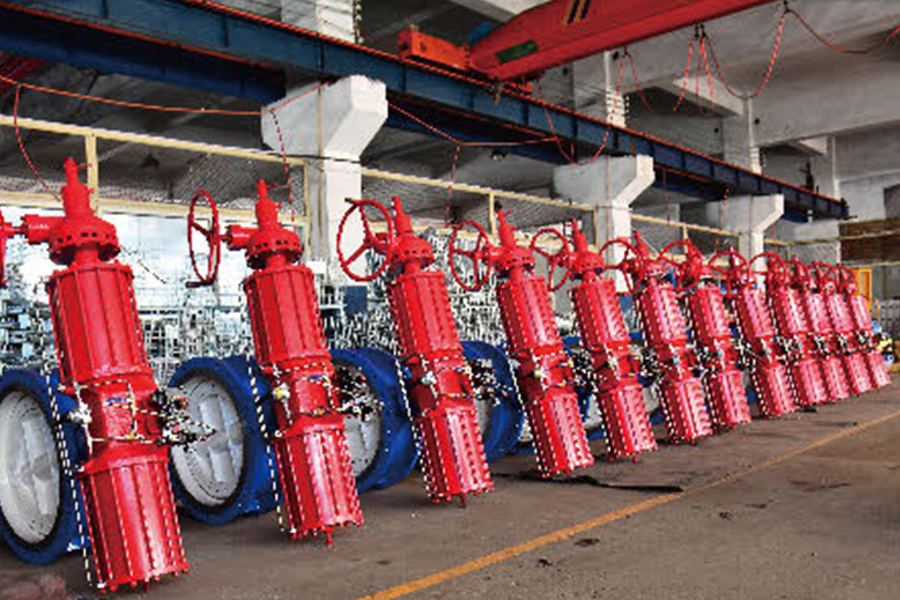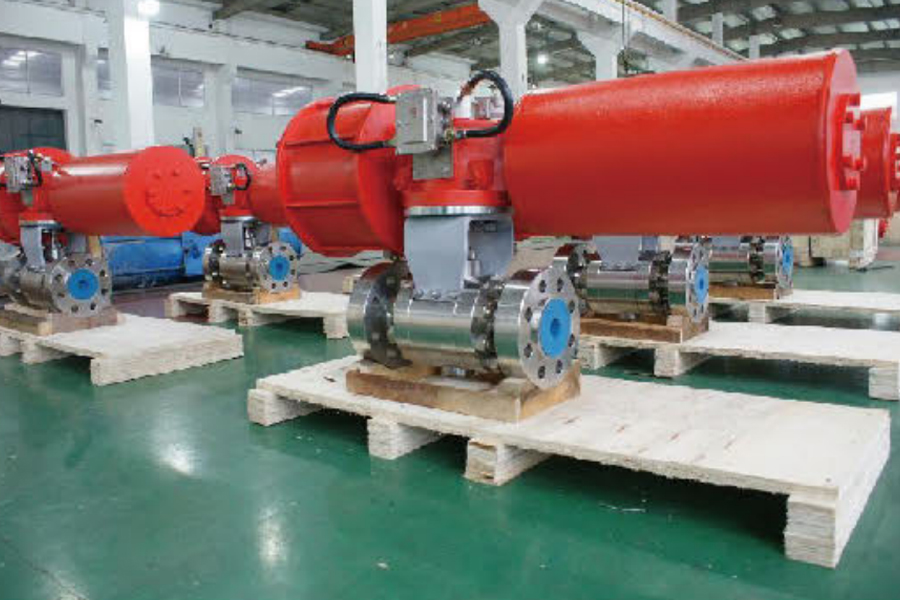Butterfly air valves are commonly used for regulating or isolating flow in pipelines. Their key advantage lies in their simple, compact design, which includes a rotating disc mounted on a central shaft. When the valve is fully open, the disc aligns with the flow direction, offering minimal resistance. Turning the disc perpendicular to the flow effectively shuts off the passage. These valves are often actuated using compressed air, enabling fast and reliable control in automated systems.
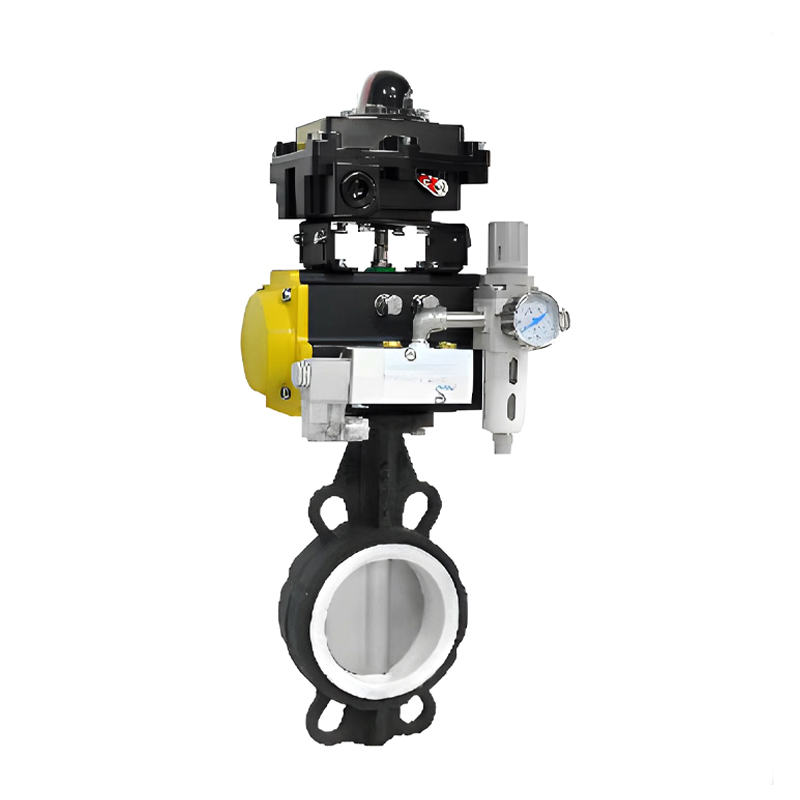
The construction of butterfly air valves allows for quick installation and easy maintenance. They are often found in HVAC systems, water treatment plants, and process industries where space and operational efficiency are critical. The actuator, usually a pneumatic rotary type, offers consistent torque and can be controlled remotely, making butterfly air valves ideal for systems requiring frequent operation or remote automation.
On the other hand, pneumatic sanitary valves are designed specifically for industries that require strict hygiene standards, such as food and beverage processing, pharmaceuticals, and biotechnology. These valves are engineered to reduce contamination risk and are constructed from materials like stainless steel, which resists corrosion and allows for easy cleaning.
Sanitary valves typically include features such as polished internal surfaces, crevice-free designs, and compatibility with Clean-in-Place (CIP) and Sterilize-in-Place (SIP) systems. Pneumatic actuation further enhances their functionality by offering precise, hands-free control, essential in cleanroom or sterile environments where manual interaction should be minimized.
Both butterfly air valves and pneumatic sanitary valves serve distinct yet equally important roles in fluid control. While butterfly valves prioritize flow efficiency and simplicity, sanitary valves ensure cleanliness and compliance with stringent industry regulations.
Pneumatic shut-off valves are essential for stopping the flow of gas or liquid in a pipeline, often as part of emergency or process safety systems. While generally reliable, these valves can encounter operational issues over time. Understanding common faults can help maintain system performance and prevent downtime.
One of the frequent issues is air supply problems. If the actuator does not receive adequate or clean compressed air, the valve may respond slowly or fail to actuate. This can result from clogged air filters, leaks in the air line, or fluctuations in pressure. Regular inspection of the air supply system helps avoid such issues.
Another common fault is seal wear or damage. Over time, valve seals may degrade due to constant operation, high pressure, or exposure to aggressive chemicals. Worn seals can cause internal leakage, reducing the valve's ability to shut off flow completely. Replacing seals at scheduled intervals and selecting materials suitable for the operating medium can extend valve life.
Misalignment between the actuator and the valve stem can also performance issues. This misalignment may cause the valve to stick or fail to reach its full open or closed position, resulting in partial flow or backflow. Proper installation and periodic alignment checks are necessary to ensure consistent operation.
Lastly, mechanical wear on moving components such as the actuator's gears or the valve stem can impact performance. These parts should be monitored for signs of wear or corrosion, especially in demanding environments.
Addressing these common faults through preventive maintenance and correct installation can significantly improve the longevity and performance of pneumatic shut-off valves, ensuring they operate safely and efficiently in all conditions.
By understanding the characteristics of butterfly air valves and pneumatic sanitary valves, and recognizing potential issues with pneumatic shut-off valves, system designers and operators can make informed decisions that enhance the safety, hygiene, and reliability of industrial processes.








